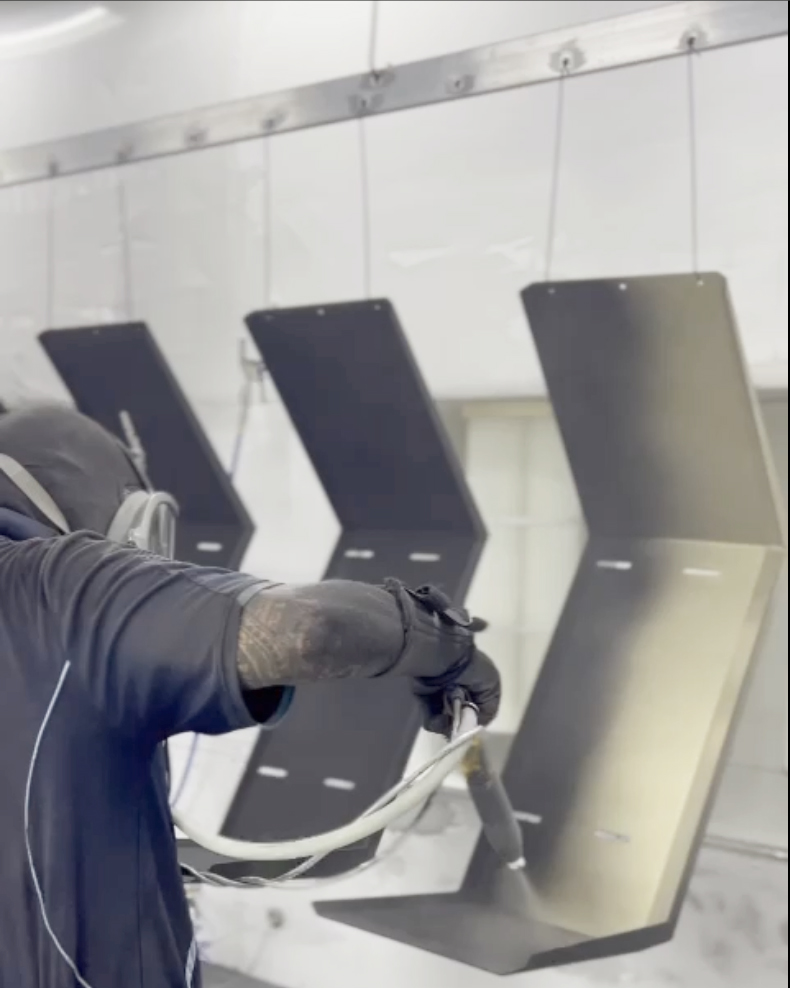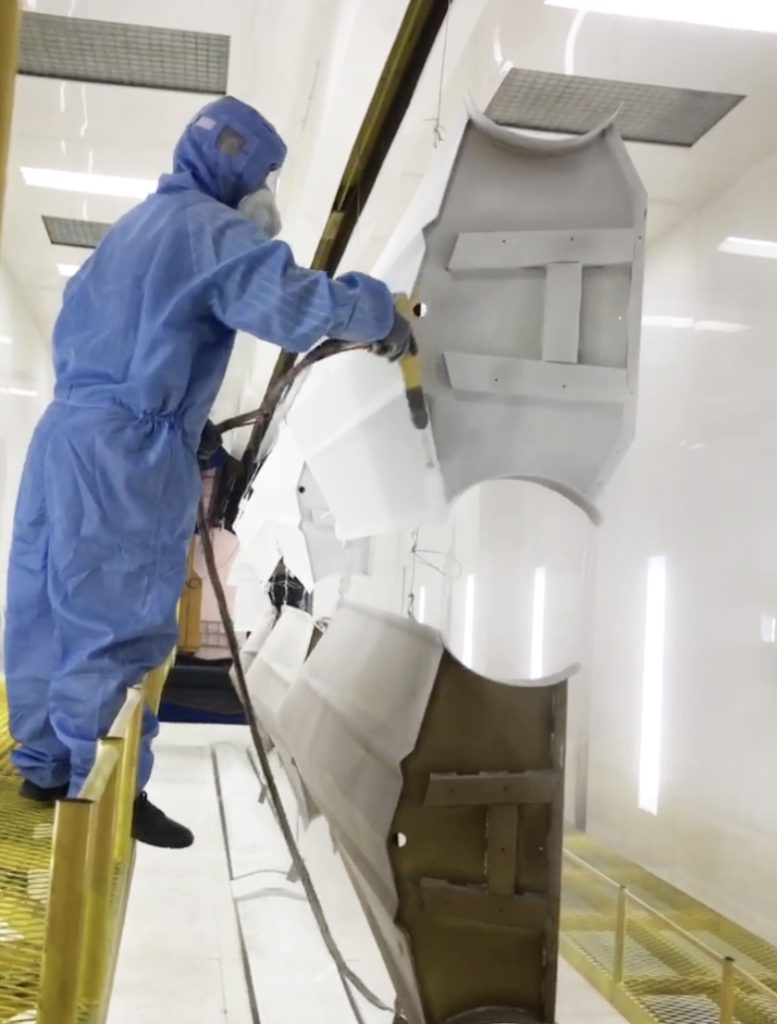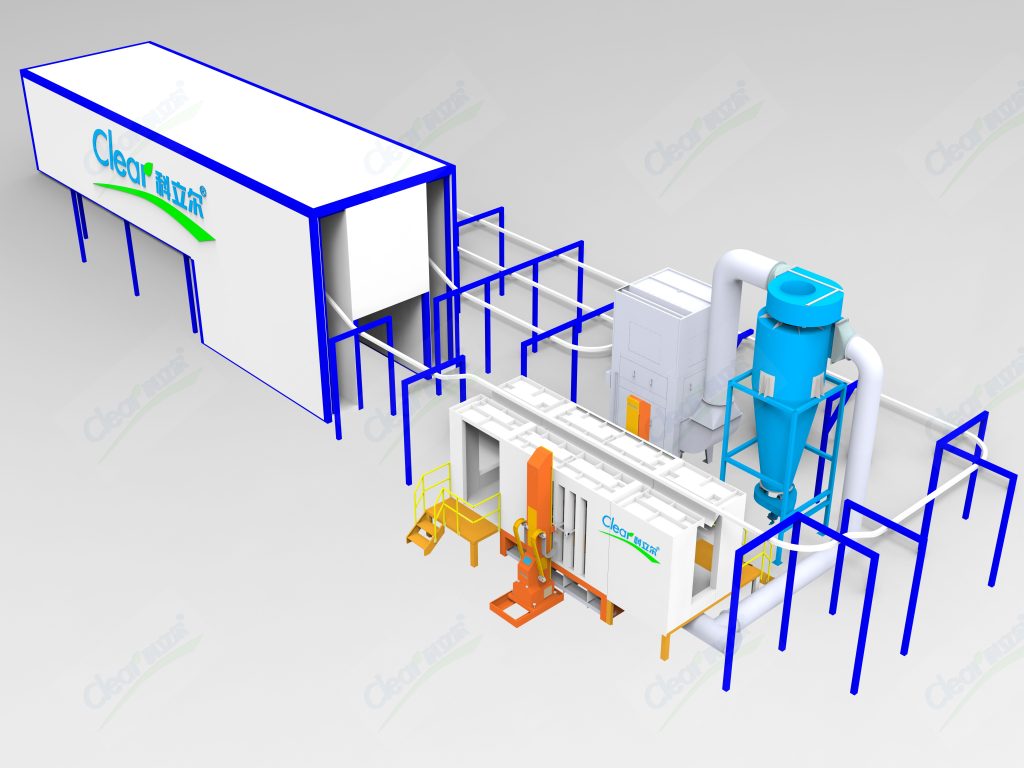Powder coating technology plays a pivotal role in industrial surface coating and protection. This advanced method involves applying powdered polymer materials electrostatically to a substrate, then curing them at elevated temperatures to form a durable coating. Not only does powder coating offer exceptional corrosion resistance and aesthetic appeal, but it is also favored for its environmental benefits.
1. Selection of Powder Coating Materials
Powder coatings consist primarily of resin systems such as epoxy, polyester, and polyurethane, along with pigments, fillers, and additives. These materials are processed to ensure excellent flow and electrostatic properties during application.
2. Detailed Powder Coating Process
Preparation:Surface preparation is crucial, involving cleaning to remove oils and contaminants, ensuring optimal adhesion and coating quality.
Electrostatic Application: The substrate, grounded for attraction, is sprayed with positively charged powder particles using a spray gun. The electrostatic force ensures uniform coating coverage.
Controlled Application: Parameters such as gun voltage, air pressure, powder flow, and spray pattern are meticulously adjusted to achieve even coating thickness.

3. Curing Techniques and Considerations
Heat Curing: After application, the coated items are cured in an oven typically between 150°C to 220°C. This thermal process melts and crosslinks the powder particles, forming a resilient and continuous coating.
Cooling and Inspection:Post-curing, items cool to room temperature before undergoing quality checks for coating thickness, adhesion strength, and overall appearance.
4. Performance and Advantages of Powder Coatings
Corrosion Resistance: Powder coatings exhibit superior resistance to chemicals and weathering, prolonging the lifespan of coated products.
Mechanical Strength:The coatings are robust, offering excellent scratch and impact resistance, ideal for industrial and automotive applications.
Aesthetic Versatility: Available in a wide range of colors, textures, and gloss levels, powder coatings cater to diverse design preferences.
Environmental Benefits: With negligible volatile organic compound (VOC) emissions, powder coatings align with stringent environmental regulations.
Conclusion
In conclusion, powder coating technology stands as a cornerstone in modern manufacturing, enhancing product durability, aesthetics, and environmental sustainability. By adhering to precise application and curing processes, powder coatings continue to drive innovation across various industries, meeting both functional and decorative needs effectively.


